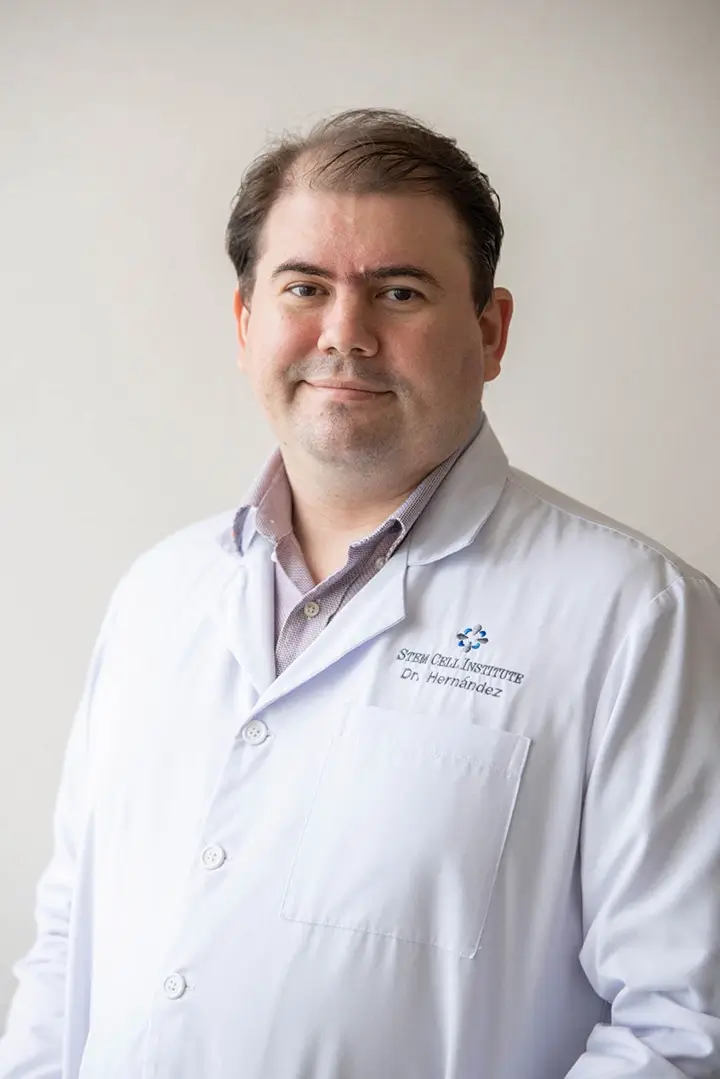Now in his 50’s, Bobby didn’t want to lose his life to congestive heart failure. And his wife Gay, wanted her husband back.
Today, Bobby is a pioneer in a research study that — if the results continue to look promising — might transform heart treatment forever.
In an experimental procedure called myoblast cell transplantation, Bobby received injections in his heart of 100 million stem cells grown from his own leg muscle.
Since he received his own body’s cells, there is no rejection problems.
Many months and perhaps years stand in the way of having a stem cell procedure like this to enter mainstream medicine (after gaining approval by the FDA), but this much is a fact – Bobby’s scarred and dying heart muscle is regenerating.
Bobby, who has had four heart attacks, was the first one to receive 100 million cells out of the 24 people enrolled in the nationwide study. Testing safety through escalating doses, others have received 30 million, 300 million, and 600 million in phase one. Only patients with congestive heart failure caused by heart attacks were eligible for the experiment, keeping the study focus narrow.
Dr. Nabil, who performed part of this research at The Arizona Heart Institute in Phoenix said that Bobby’s results were extraordinary.
“I didn’t expect to see such improvement with 100 million cells. … Patients will respond differently, but the results are extremely encouraging, even with small doses.”
The procedure has nothing to do with embryonic stem cell research and instead uses cells cultured from the patient’s leg muscle.
“Over the last five years, we have developed a method to transplant the cells by catheter, like an angiogram. The patient can be awake and discharged the next day to go home,” Nabil said.
The researchers have proven they can isolate stem cells from the skeletal muscle and, “that the cells survive and make new muscle in a matter of three months,” he said.
The first two research centers in the United States to receive FDA approval to use 3-D guidance technology were The Arizona Heart Hospital and the Arizona Heart Institute. Allowing doctors to pinpoint the damaged areas of the heart with three-dimensional color mapping, the doctors can then inject myobalsts into the specific areas.
Cardiologists from around the world will visit Washington in February where Nabil will present a conference on the early study results.
Bobby traveled to Phoenix to be tested for the study after Gay’s research led her to Dr. Nabil in August of 2005. He was rejected for the study during an initial test due to a bad sunburn, but he was then accepted during a subsequent test and had a heart catheterization to map his heart.
A biopsy of his thigh muscle was taken in March of 2006. The cell culture was grown during the next four to six weeks in Boston from the marble sized sample of muscle.
His cells grew quickly and by April 6, he was back in Arizona for the injection of 100 million cells on April 7.
He doubled the amount he could walk in six minutes during tests last month. He had photos of his heart taken along with a stress test and an echocardiogram (pictured right). “After lunch I met with Dr. Nabil and Bee (a research coordinator) and they gave me my stats. They were as excited as they could be.
“He’s keeping an eye on me because they can’t figure out how I have so much stamina. I’m healthier than other patients he’s been working with,” Bobby said.
Bobby was referred to Vanderbilt University in 2002 where he met with Dr. Stacie, who was head of the cardiology and heart transplant unit at Vanderbilt. She said that Bobby was, “judged too weak for a heart transplant and his heart’s ejection fraction was down to 18 percent.” The ejection fraction is the rate at which the heart pumps.
55 percent is the average rate that a heart contracts.
His ejection fraction is up to 25 percent since his stem cell injections – a major improvement. “He’s in the early phases of something really big, and I view him as a pioneer,” Stacie said. “What Bobby is doing will help every patient who comes after him.”

